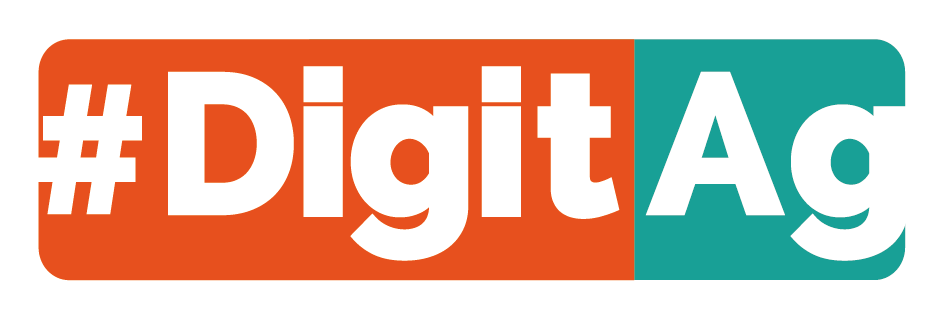Adoption of Controlled Environment Agriculture
CEA uses technology to create optimal growing conditions within enclosed environments such as greenhouses and indoor farms. This approach allows for precise control of temperature, humidity, and light, resulting in improved crop yields and quality. By reducing dependence on external weather, CEA offers a resilient solution to the unpredictability of climate change, including extreme events like cyclones, heat waves, and droughts. In addition, CEA systems are built to maximize resource efficiency, using significantly less water than traditional farming methods. The use of advanced technologies, including LED lighting and automated climate control, further improves energy efficiency and supports long-term sustainability.
Integration of Renewable Energy in CEA
Shifting to renewable energy sources, especially solar and wind power, is a key step in lowering the carbon footprint of agricultural operations. Using renewable energy in CEA facilities reduces greenhouse gas emissions and provides a cost-effective alternative to fossil fuels. The combination of renewable energy and CEA supports a sustainable food production model, helping ensure that energy use aligns with broader environmental conservation goals.
Efficient climate control is critical for maintaining optimal growing conditions in CEA environments. Advanced systems that manage temperature, humidity, and ventilation can significantly reduce energy use and improve crop performance. The use of intelligent control systems allows for real-time monitoring and adjustments, keeping environmental conditions within ideal ranges. This level of precision enhances overall efficiency, extends equipment lifespan, and lowers operational costs.
Investments in Advanced Agricultural Technologies
Using high-efficiency equipment, such as energy-saving LED lighting and automated nutrient delivery systems, is essential for maximizing resource use in vertical farming. These technologies provide plants with the precise amount of light and nutrients needed for optimal growth, reducing waste and cutting operational costs. The addition of Internet of Things devices and machine learning algorithms supports predictive maintenance and improves overall efficiency, strengthening the sustainability of CEA operations.
Building management systems are essential for managing the various components of CEA facilities. By automating the control of heating, cooling, ventilation, and lighting, BMS helps optimize energy use and lower operational costs. These systems adjust environmental settings in real time, ensuring that resources are used efficiently. Integrating BMS into vertical farming operations improves energy efficiency and supports the overall sustainability of modern agricultural practices.
The use of high-efficiency motors and automation in CEA facilities supports major energy savings and improved operational efficiency. Automated systems respond to real-time data, ensuring that energy use matches actual demand. This reduces waste, cuts operational costs, and strengthens the sustainability of agricultural practices. The combination of automation and high-efficiency equipment is a driving force in modern agriculture, advancing technology and transforming the industry's direction.
The Vertical Farming Show 2026 is a key platform for stakeholders across the agriculture industry to explore and discuss the latest advancements. By bringing together agronomists, CEA growers, government agencies, food manufacturers, and policy think tanks, the event encourages collaboration and innovation. Attendees will have the chance to engage with emerging technologies, exchange best practices, and develop strategies to tackle the dual challenges of sustainability and food security in the agriculture sector.
In conclusion, the integration of CEA and vertical farming offers a forward-thinking approach to modern agriculture. By maximizing resource efficiency, adopting renewable energy, and applying advanced technologies, the industry can improve productivity, reduce environmental impacts, and help secure a sustainable food supply for the future.













